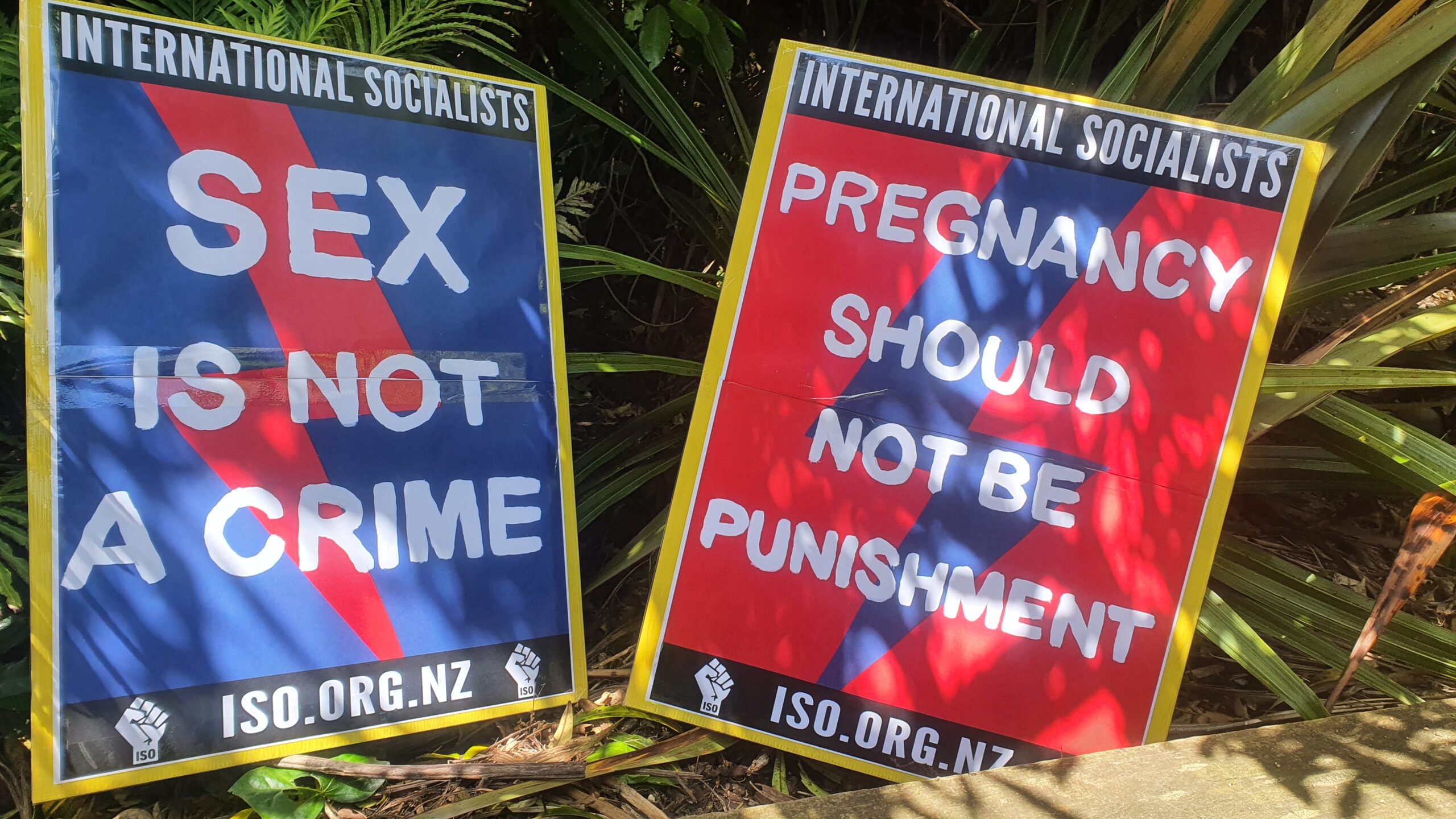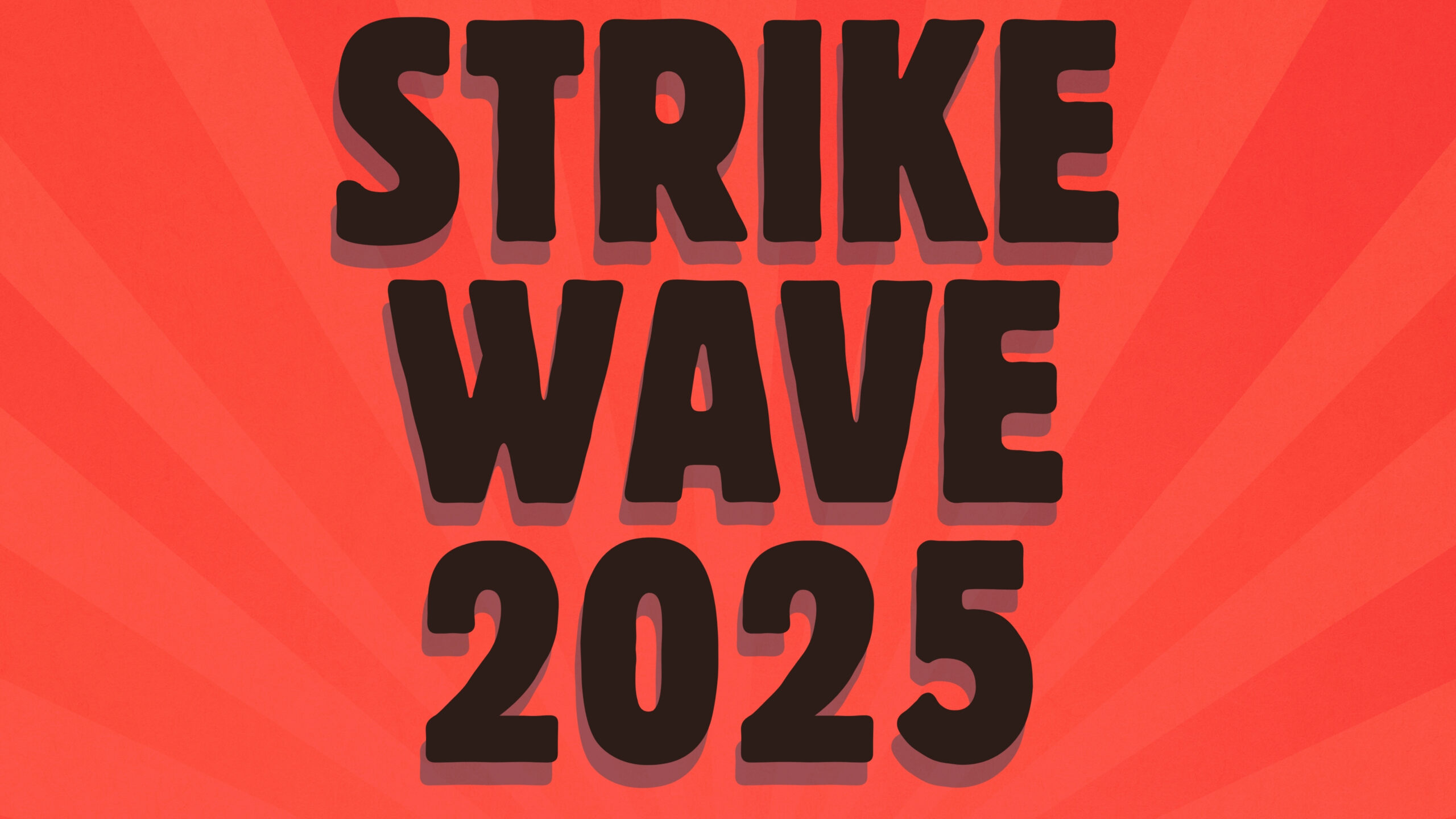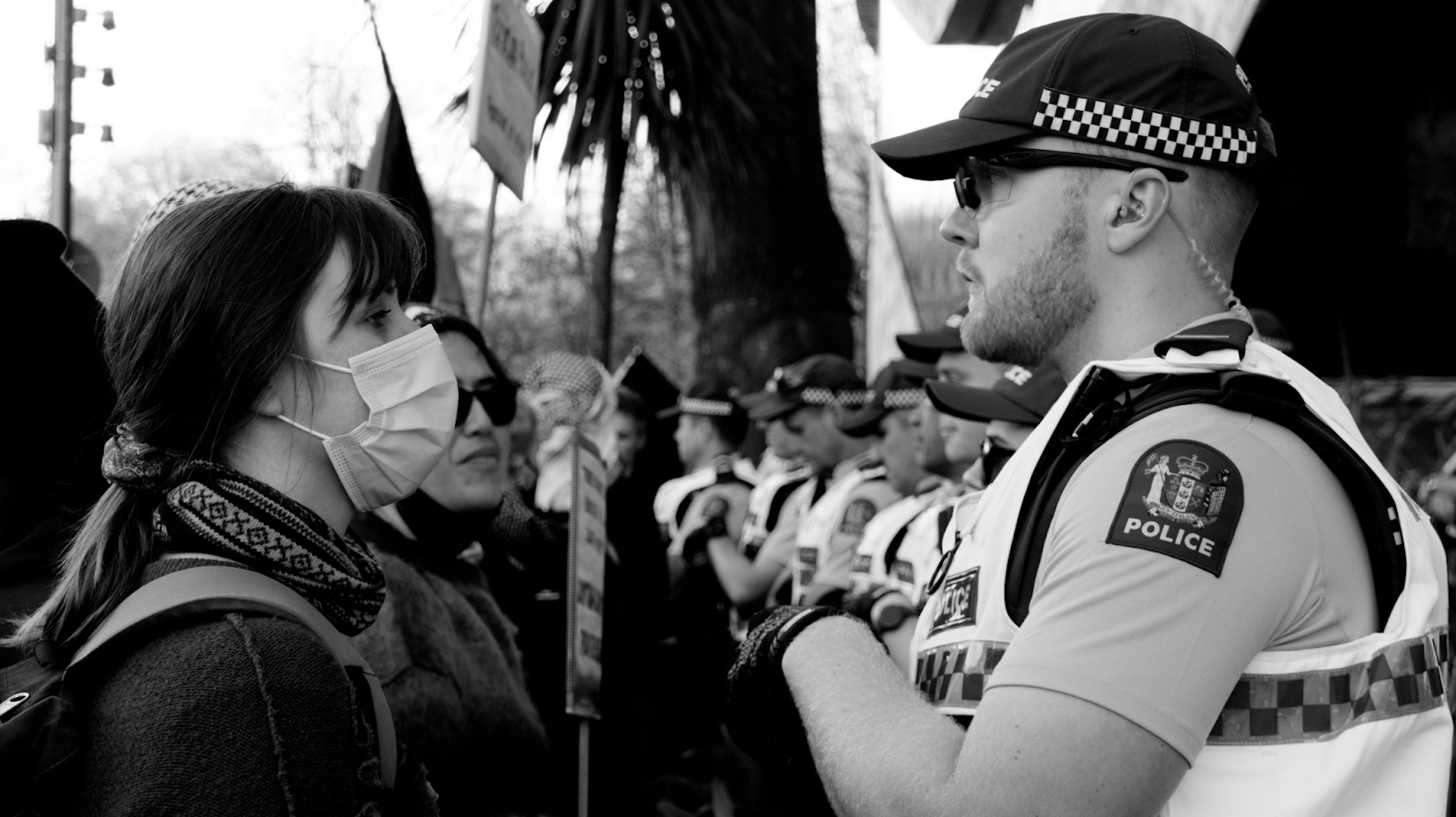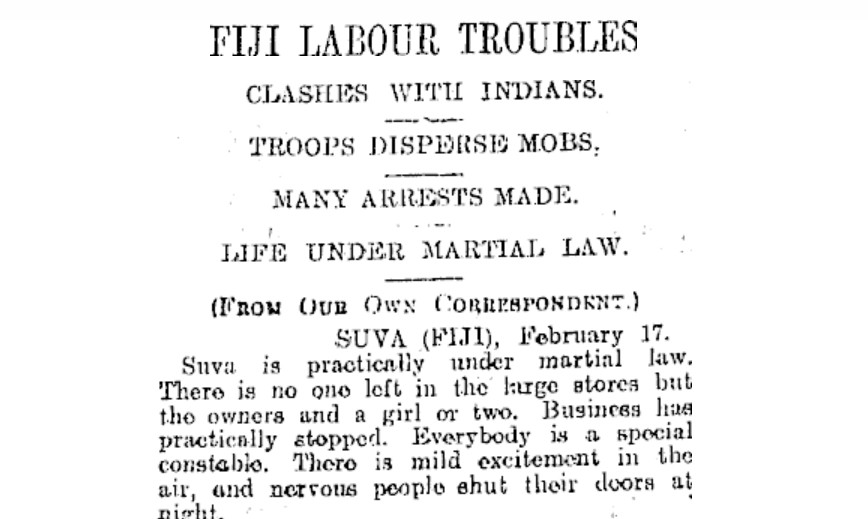Kristine Bartlett is a hero. Her case put the question of equal pay back at the centre of politics. Bartlett has been employed for twenty years doing socially vital work as a carer for the elderly, and yet she was paid an insulting $14.46 an hour. This, Bartlett and the SFWU argued, breached the Equal Pay Act (1972) — her pay was less than men would get for work of the same level of skill. She won. The court ruled for the first time that the Act applied to comparisons between predominantly women’s jobs and men’s. This win makes clear the point that true equal pay must involve pay equity. Because low-paid women are concentrated in female-dominated industries such as cleaning and care, it’s not enough to look at pay differences within single industries.
The pay gap between men and women workers is an obvious injustice. Women’s average weekly earnings are 87% of men’s, and in the public service the hourly pay gap is 14.1%. Structural inequality hurts women workers: disruption to employment due to time having babies or raising children makes women less likely to be promoted, and means also women take longer to pay off student loans.
A Long Struggle
Bartlett’s contribution is to a long, ongoing struggle. A century ago, a remit went before the Public Service Association’s annual conference that ‘female employees of equal competence with male employees and doing similar work shall receive equal treatment as to pay and privileges.’ Until the 1960s, it was legal in the public sector for women to be paid less for doing the same work as men. The government defended this open inequality by arguing that men’s wages were to provide for a whole family, and by belittling women’s contributions. Whatever the sexist ideology promoted, however, cool calculation motivated the state and employers. George Bolt, then Public Service Commission chair, responded to a question about equal pay at a PSA conference in 1955 with the rhetorical question ‘why pay 10 bob for an article you can get for five?’
Active unionists organised against this on the principle that an injury to one is an injury to all. Although led by women workers, the campaign for equal pay sought to win the support of their male colleagues. Bolt’s arrogance angered female public servants, and inspired many to become activists. Cath Kelly, an active unionist, remembered his comment ‘set[ting] the place alight.’ Margaret Brand, working in the Statistics Department in the 1950s, was patronised as ‘Miss Firebrand’ by those who opposed her. But this sexist nick-name revealed their fear of her determination and stamina. Brand had fought for equal pay for female teachers as a PPTA member at Hutt Valley High, and then led over a decade of campaigning in the PSA.
The Parker Case
In 1956 PSA activists used the situation of Jean Parker, an IRD worker in Dunedin, as a test case. Parker, like many experienced women workers at the time, had been passed over for promotion in favour of a male worker junior to her in experience and skills. Parker appealed against this to the Commission, who then had her demoted and her pay cut from £695 to £460 a year.
The Commission had hoped to intimidate trade unionists, and to halt the movement for equal pay. They miscalculated, and badly. Public servants reacted with outrage – protest meetings, resolutions, gatherings and deputations were organised across the country. Newspapers nationally covered the story. Activists had prepared the ground well – in April 1955 the equal pay sub-committee of the PSA had distributed 30 000 pamphlets on equal pay to rank-and-file members. Arguments had been waged across the decade. In September 1956 a rally of women public service unionists championed the case of Parker. The union mobilised, and the Commission were left looking churlish.
Like Kristine Bartlett sixty years later, Jean Parker won. Her salary was restored, and her case – and tireless campaigning by Margaret Brand and Dan Long and other PSA activists – led to equal pay legislation in 1960.
The Private Sector
In the private sector, however, the situation was worse. In the late 1960s women’s wages in factories were just half that of men’s. The Women’s Liberation movement made equal pay a central demand, and an Equal Pay Act was passed in 1972. But what Prue Hyman calls the ‘low-level policing’ of this act made it ineffective. Women’s growing prominence in the union movement in the 1970s and 80s, and a campaign led by the Clerical Workers’ Union, led finally to an Employment Equity Act in 1990. But this lasted less than a year before National took it off the books. Women workers continue to be concentrated in lower-paid, part-time and more insecure work. This is an unfinished struggle.
Work and Emancipation
The Public Service Commission, arguing against equal pay in 1955, dismissed it as ‘the principle of equal pay for women had a certain appeal on the grounds of equity, though too often advanced emotionally as another step forward in the emancipation of women.’ They were right against themselves. Pay equity is about the emancipation of women – in fighting for equal pay for care workers, unionists assert also the need for a system that values work quite differently to the motivations of capitalism. How much is our work worth, and why? Equal pay for women will benefit all workers, as Margaret Brand argued in 1956: it is ‘a man’s safeguard’ as it helps push up the wages of the whole class. Women are bound to lead this fight, and for obvious reasons, but it is a battle for the whole class.
And it is a battle we have not yet won.
Want to learn more?
Margaret Corner’s No Easy Victory (1988) is a history of the PSA’s equal pay campaign. Prue Hyman’sWomen and Economics (1994) takes a more theoretical view. Both will be in your local library. Check out the Pay Equity Challenge Coalition website: www.payequity.wordpress.com









